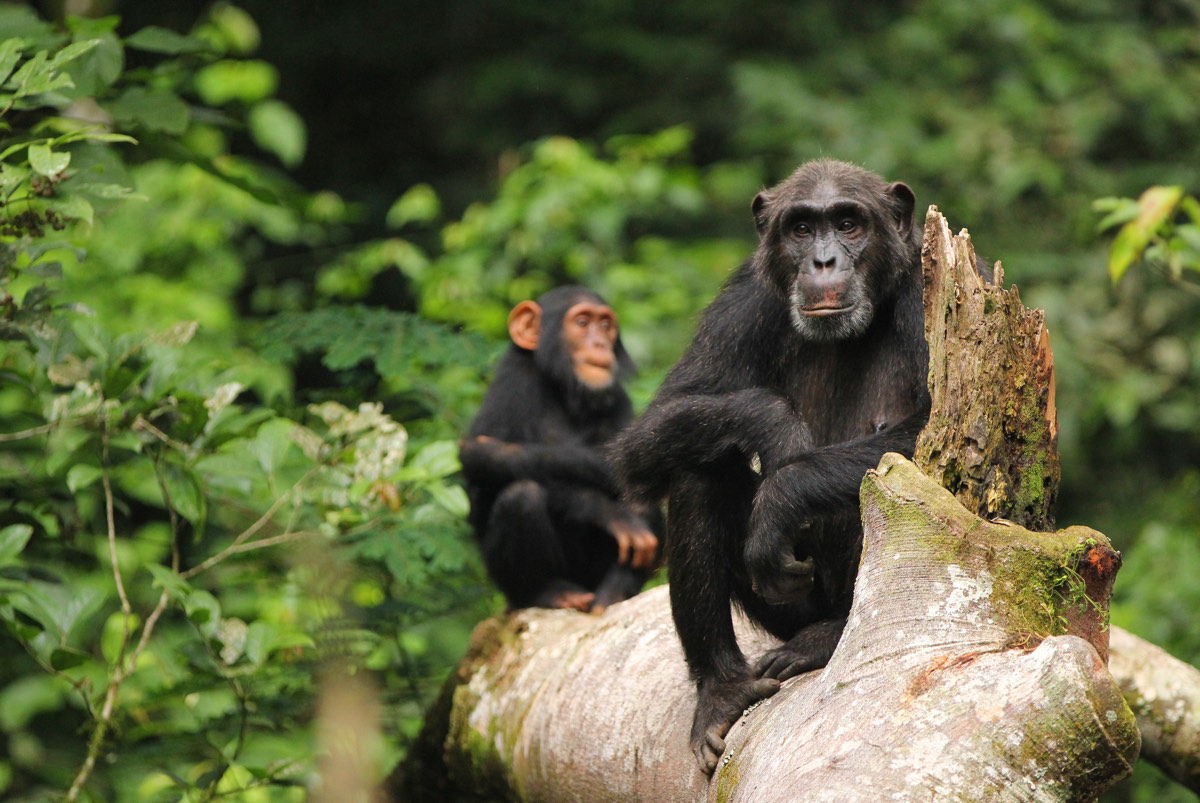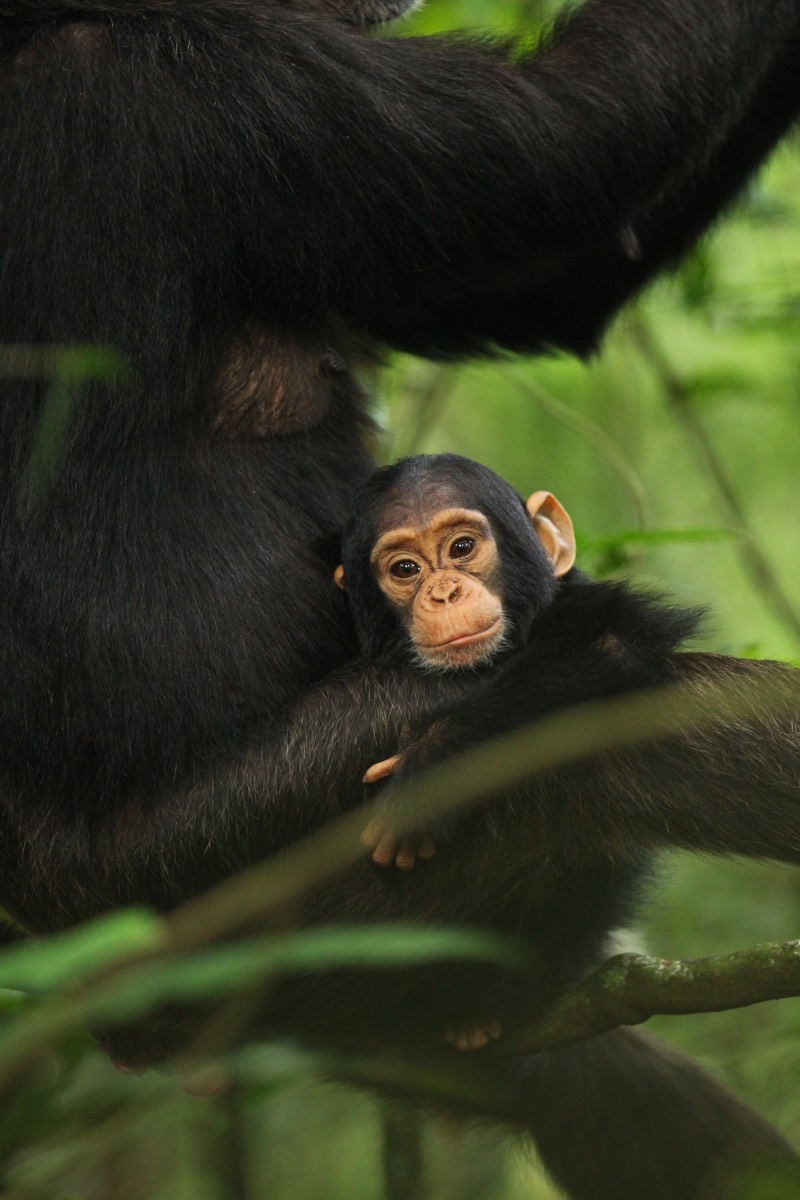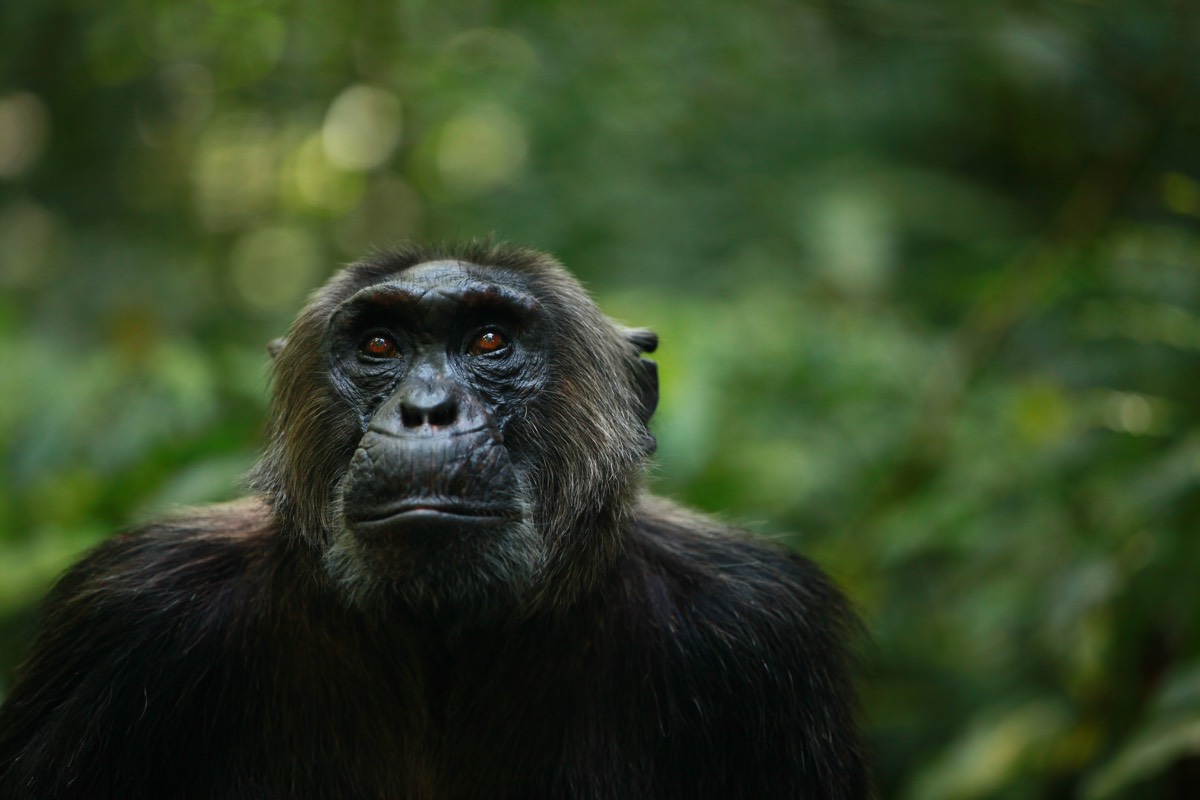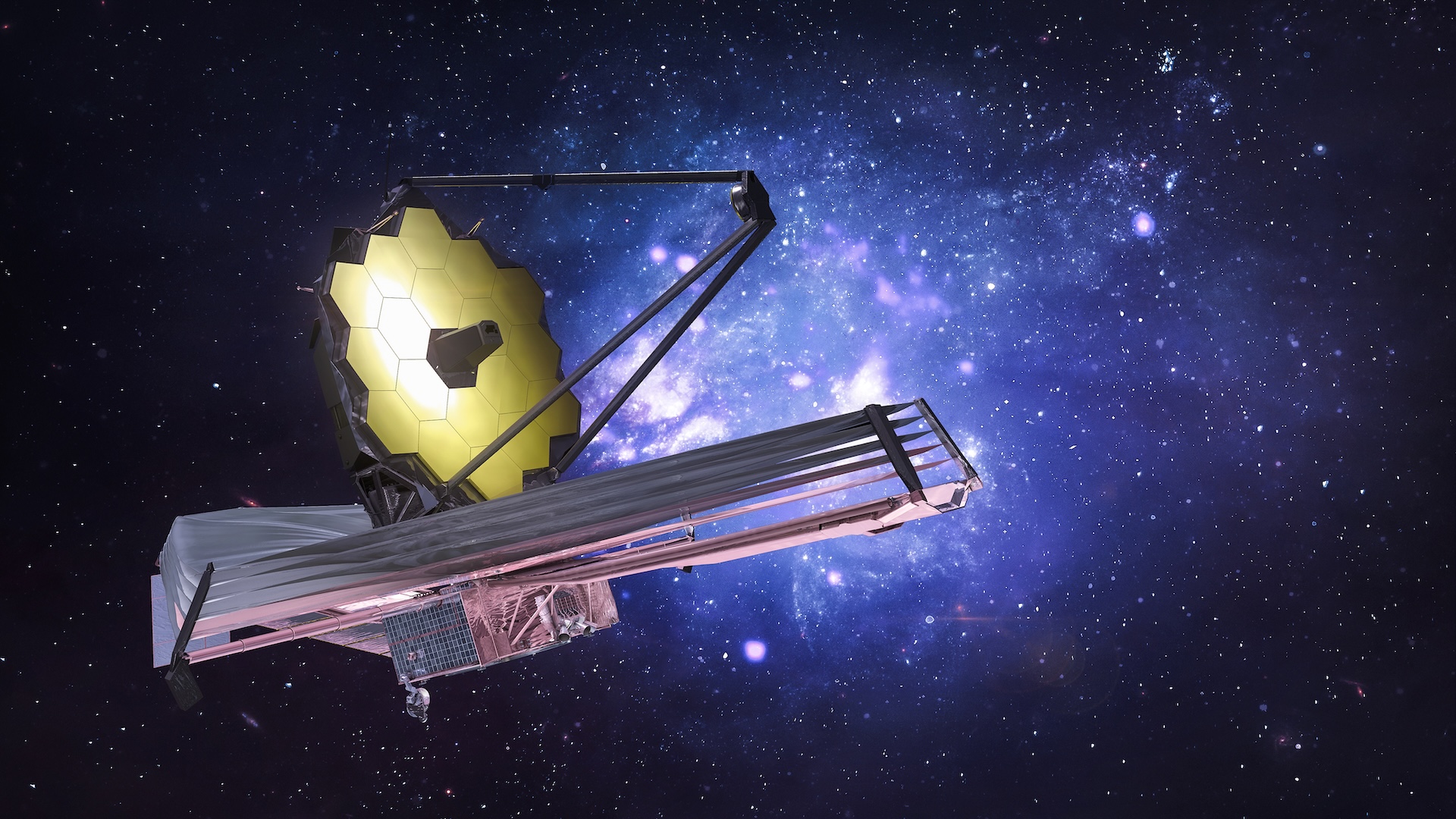Hairy Liaisons: Ancient Chimps and Bonobos Hooked Up

Chimpanzees and bonobos are two species separated by about 2 million years and one impassible river that divides their range. New research, however, reveals that these two great-ape species mixed their genes in the ancient past.
In at least two separate events, about 200,000 and 500,000 years ago, chimpanzees (Pan troglodytes) interbred with bonobos (Pan paniscus), researchers report today (Oct. 27) in the journal Science.
Chimps and bonobos split off from a common ancestor between 1.5 million and 2 million years ago, and the two species share about 99.6 percent of their DNA, making them close relatives. (Shared DNA doesn't necessarily translate to the ability to interbreed; humans and chimpanzees also share about 99 percent of their DNA.)
The finding echoes the recent discoveries that ancient humans sometimes interbred with their close relatives Neanderthals and Denisovans, said study co-author Christina Hvilsom, who studies great-ape genetics and conservation at the Copenhagen Zoo in Denmark. The chimp-bonobo breeding happened much longer ago than human-Neanderthal liaisons, which started around 50,000 years ago.
A river runs through it
Hvilsom and her colleagues launched their study by sequencing whole genomes of 65 wild chimpanzees from across their range in equatorial Africa, as well as 10 bonobos. Bonobos live only in the Democratic Republic of the Congo, separated from their chimp cousins by the Congo River. The river is a daunting barrier to interbreeding today.
"They are terrible swimmers — both bonobos and chimpanzees," Hvilsom told Live Science. "They drown."
The two species do sometimes interbreed in captivity, but they've never been known to breed together in the wild. Hvilsom and her colleagues weren't looking for evidence of amorous apes, though. Rather, they were interested in finding out if the genomes of chimpanzees and bonobos hold enough information to link a specific genetic profile to a geographical range. That way, they could trace apes that have been confiscated from black-market trade and return them to their correct home in the wild.
Get the world’s most fascinating discoveries delivered straight to your inbox.
"It's a fantastic tool in the conservation toolbox," Hvilsom said. [8 Human-Like Behaviors of Primates]
Genetic surprise
To the researchers' delight, they were able to distinguish the geographical origin of individual chimpanzees from their DNA; those animals from the central and eastern parts of their range showed particularly distinct DNA. Broader sampling will be needed to more precisely pinpoint chimpanzees from Nigeria, Cameroon and the western portion of the range, the researchers wrote in Science.
"The current trend is toward extinction" of chimps and bonobos because of illegal trafficking and deforestation, Hvilsom said. "It is important that each time we have a live chimpanzee confiscated, we can send it back to the place where it came from in nature."
In the course of this conservation research, though, surprising signs of bonobo genes in chimpanzee genomes kept turning up. At first, the team thought the results were an error, Hvilsom said. But as they continued their research with different genetic approaches], they realized they were observing something real.
The climate has varied over the 1.5 million to 2 million years since chimpanzees and bonobos split from their last common ancestor. The instances when the two species met up to mingle after that must have been times when parts of the Congo River were shallow and narrow, Hvilsom said. In an editorial accompanying the study, A. Rus Hoelzel, a molecular ecologist at Durham University in the U.K., explained some of the climate shifts.
"This secondary contact was occurring during a period when the tropical African environment was changing through the Pleistocene epoch," Hoelzel wrote. "For example, from ~900,000 to 600,000 years ago, the longer glacial periods were cool and humid, interspersed with relatively brief hot and dry interglacial periods. By ~200,000 years ago, the glacial periods had become cold and dry, and the interglacials hot and humid."
The chance finding contributes to the ongoing debate in biology about how to define speciation and the moment when a species splits, or "speciates," Hvilsom said.
"We really need to take into consideration that interbreeding is something that could happen between species during their period of speciation," she said.
Original article on Live Science.

Stephanie Pappas is a contributing writer for Live Science, covering topics ranging from geoscience to archaeology to the human brain and behavior. She was previously a senior writer for Live Science but is now a freelancer based in Denver, Colorado, and regularly contributes to Scientific American and The Monitor, the monthly magazine of the American Psychological Association. Stephanie received a bachelor's degree in psychology from the University of South Carolina and a graduate certificate in science communication from the University of California, Santa Cruz.




